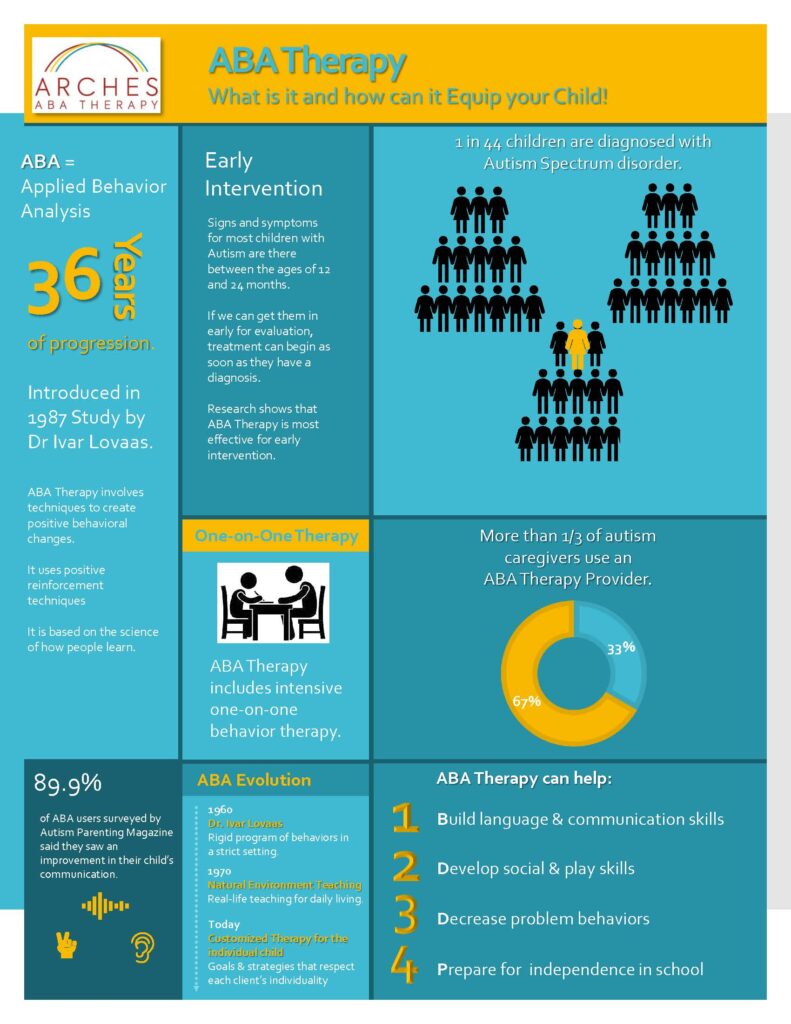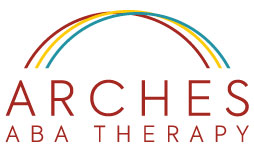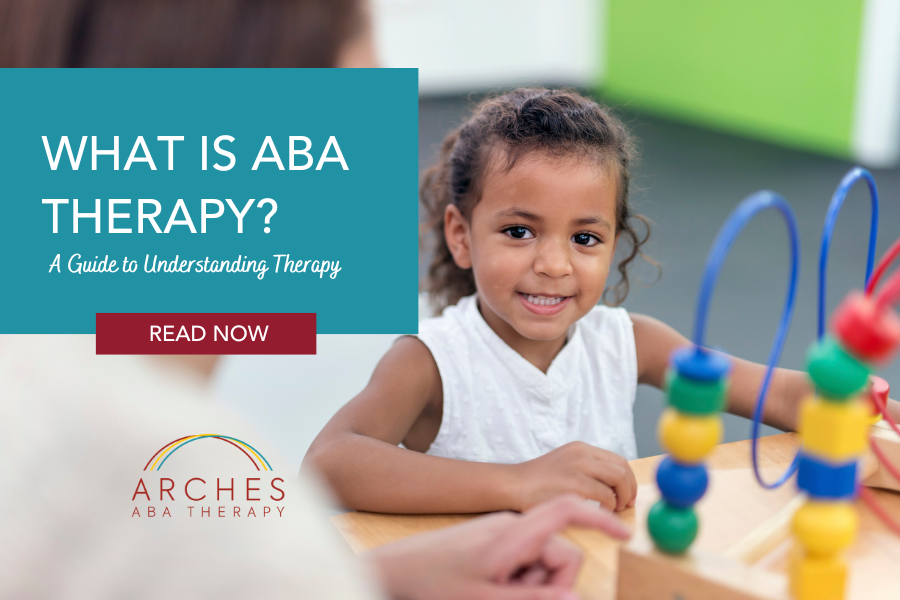From the moment the autism diagnosis is given, you may feel bombarded with various complex terms and therapies. It can be overwhelming. You probably have heard of autism and done a bit of research on it, but now that you have a diagnosis, you have a million questions and a lot of information being thrown at you. Our goal in this article is not to overwhelm you with more information about autism, but to provide you with what you need to know to get started with ABA therapy.
Applied Behavior Analysis (ABA) therapy is the most prominent therapy to provide therapy and tools to someone with autism. We will discuss the ins and outs of ABA Therapy in terms that you understand to help you equip your children with the right tools to widen their horizons.
 What is ABA therapy?
What is ABA therapy?
It is important to first understand the concept behind ABA therapy.
ABA therapy is a well-researched and effective method for facilitating those with autism. It can help children learn to communicate, become more independent, and equip them with the skills to navigate social settings.
It was pioneered by two psychologists, Ivar Lovaas and Robert Koegel. ABA therapy entails the application of psychological principles and theories to analyze behavior and then ultimately modify the challenging behaviors with adaptive and desired ones.
Let’s focus on the how and the why of ABA therapy.
How?
- By applying learning theories and psychological principles
- By analyzing the individual’s behavior and identifying the challenging or harmful actions.
Why?
- To promote, establish, and maintain language, social, and daily living skills.
- To substitute challenging behaviors with desired behaviors.
ABA therapy is based on comprehending the science of behaviors that an individual has.
It focuses on questions like…
- “How does a particular behavior of an individual function?”
- “How is this behavior affected by the environment?”
- “What could be learned from the situation surrounding a particular behavior?”
Based on these factors, the therapy analyzes how to approach the behavior in a way that benefits the unique needs of the individual. Its objective is to assist in decreasing harmful behaviors and increasing effective learning opportunities.
A key method used in ABA therapies is reinforcement. Positive and negative reinforcement is used to improve communication and basic social skills in people with autism, empowering them to lead a smoother functioning life.
Steps in ABA Therapy
1. Initial Consulting and Assessment
The first step in ABA therapy is consulting with the individual and their family. The therapist’s interactions at this point aim to understand the strengths and abilities of the diagnosed person and identify the primary areas of need.
This step usually includes an interview and feedback session with the family and observation and direct assessment of the child. Through this step, the therapist analyzes how to approach the child and learns about the child’s needs.
This step is known as the functional behavioral assessment (FBA).
2. Create a Plan
A good BCBA (Board Certified Behavioral Analyst) understands that every individual on the spectrum has unique needs and therefore needs unique solutions.
Thus, they will develop a customized, comprehensive action plan for the client, considering the needs of the child with autism, along with understanding the preferences, interests, and the learner’s skills.
It also considers the child’s age, abilities, and family circumstances.
ARCHES ABA Therapy
ABA therapy is implemented in different ways in different clinics. The basic steps remain the same; however, every clinic has different approaches and ideologies.
Arches ABA Therapy is specialized to foster communication and independence in children ages 2 to 6.
Life with a child on the spectrum can be a challenge. Along with the child feeling lost in the shuffle, things can become tough for the families. The feelings of helplessness, stress, and frustration can be overwhelming for both parties. We take a collaborative approach to therapy to help you and your child through these emotions and beyond.
Arches ABA’s certified Registered Behavior Technicians (RBTs) and BCBAs provide full-time therapy for children with autism. We incorporate peer play with individual therapy to encourage social and mental growth, which makes the sessions fun.
ABA therapy can be conducted both individually or in a group. At Arches, we use these in combination to yield the best results. And, even during group therapy sessions, we ensure that every child is paired with one-on-one support from an RBT.
A parent-therapist team is developed at Arches to uplift the child. This partnership of mutual trust and respect among parents and clinicians is extremely important in supporting the child with what they need.
We are passionate and dedicated to helping parents understand autism and some of the challenges on this road. The Arches team’s experiences with various children with autism and their families have equipped us to distinguish the dos from the don’ts.
Over the years, we have learned that the one-size fits all approach to therapy does not work, which is why we create a customized strategy for every unique young mind.
The objectives for ABA therapy can be plenty. At Arches, the primary aim is to support your child in becoming independent through attainable plans of action that suit them best.
Conclusion:
We understand that receiving a diagnosis of autism for your child can come with a lot of emotions, questions, and concerns. We are here to help you and your child navigate those feelings and support your family in this journey. Arches ABA Therapy is here to help you and your child navigate the bumps in the road and create a clearer vision for the future.
Arches ABA is located in Covington, Louisiana, where they provide customized ABA services, training, and support for children ages 2-6 with autism and their families.

